Report: Implementation of a New Computer System within Organization
VerifiedAdded on 2022/08/21
|12
|885
|15
Report
AI Summary
This report provides a comprehensive analysis of implementing a new computer system within an organization. It explores the importance of configurability, interoperability, and usability, emphasizing their impact on operational efficiency and project completion. The report recommends the implementation of Electronic Health Records (EHR) due to their potential to reduce errors, improve patient safety, and support critical decision-making. It also outlines key factors for effective team selection, including communication skills and organizational abilities, and discusses the principle of leading with culture to address resistance to change. Furthermore, the report covers practical aspects such as handling team members, addressing potential pitfalls during implementation, and personal experiences with automation and information systems, highlighting their benefits in terms of process speed, accuracy, and business flexibility. The analysis is supported by relevant references, providing a well-rounded perspective on the topic.
1 out of 12
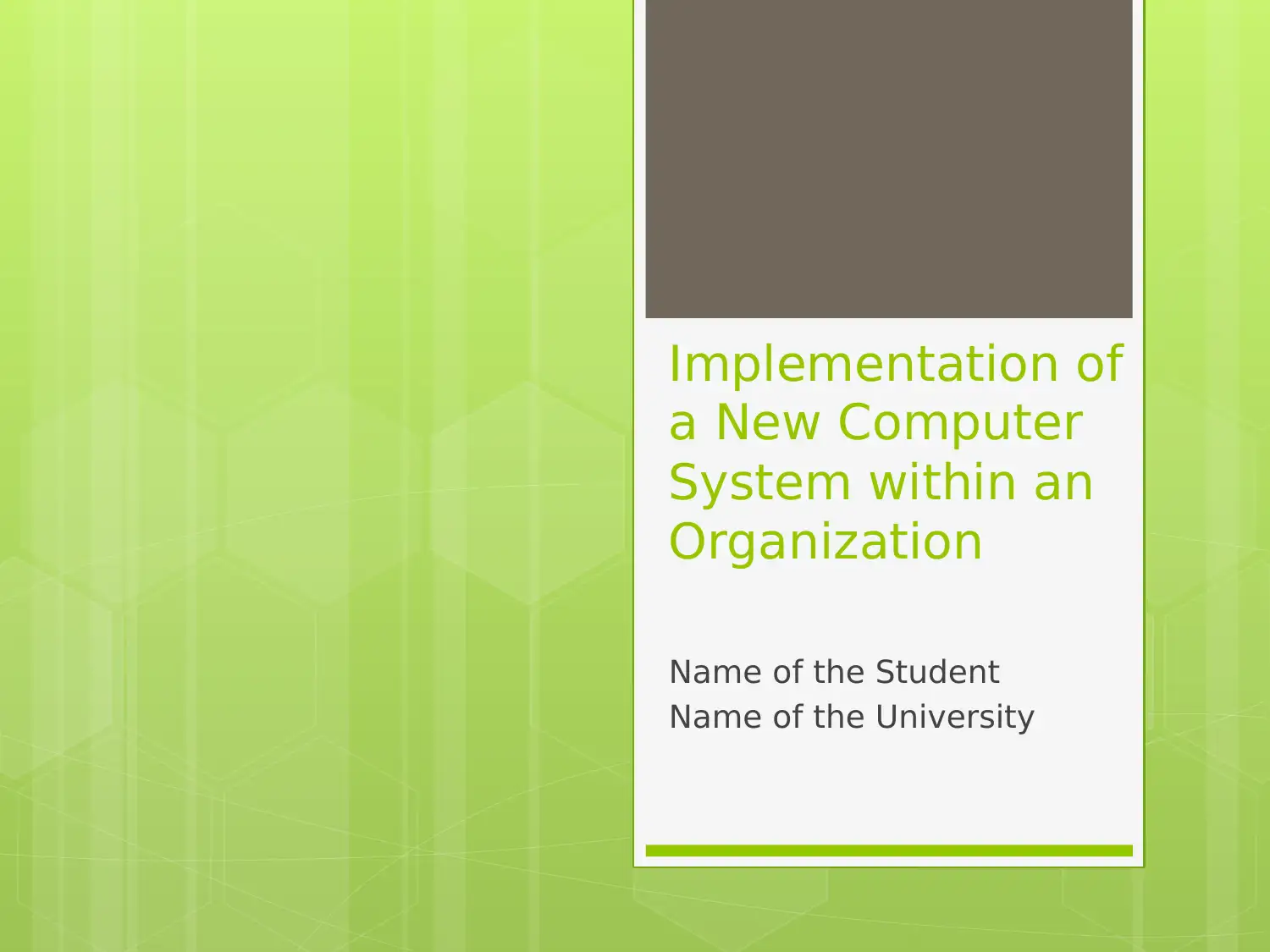
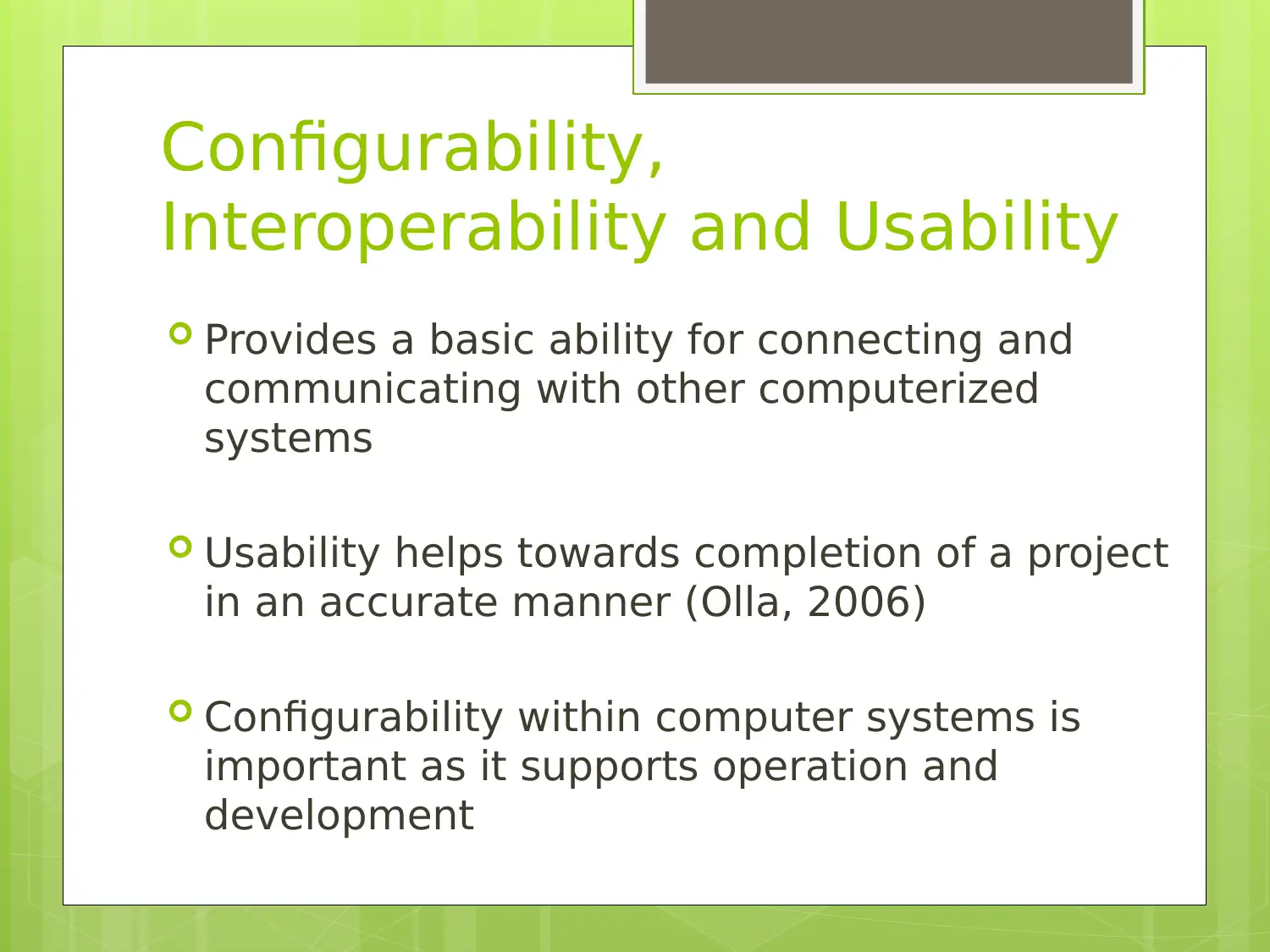
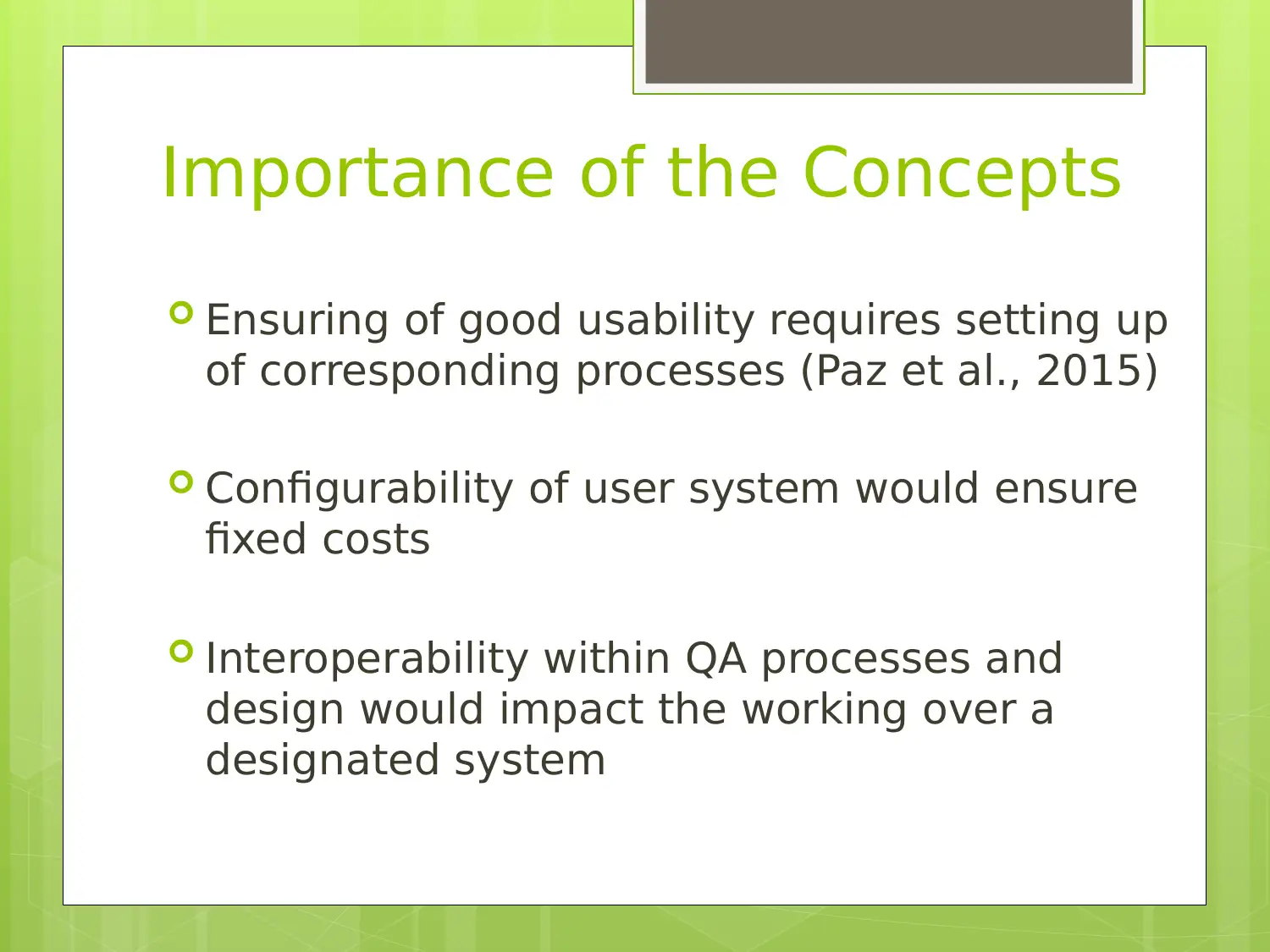

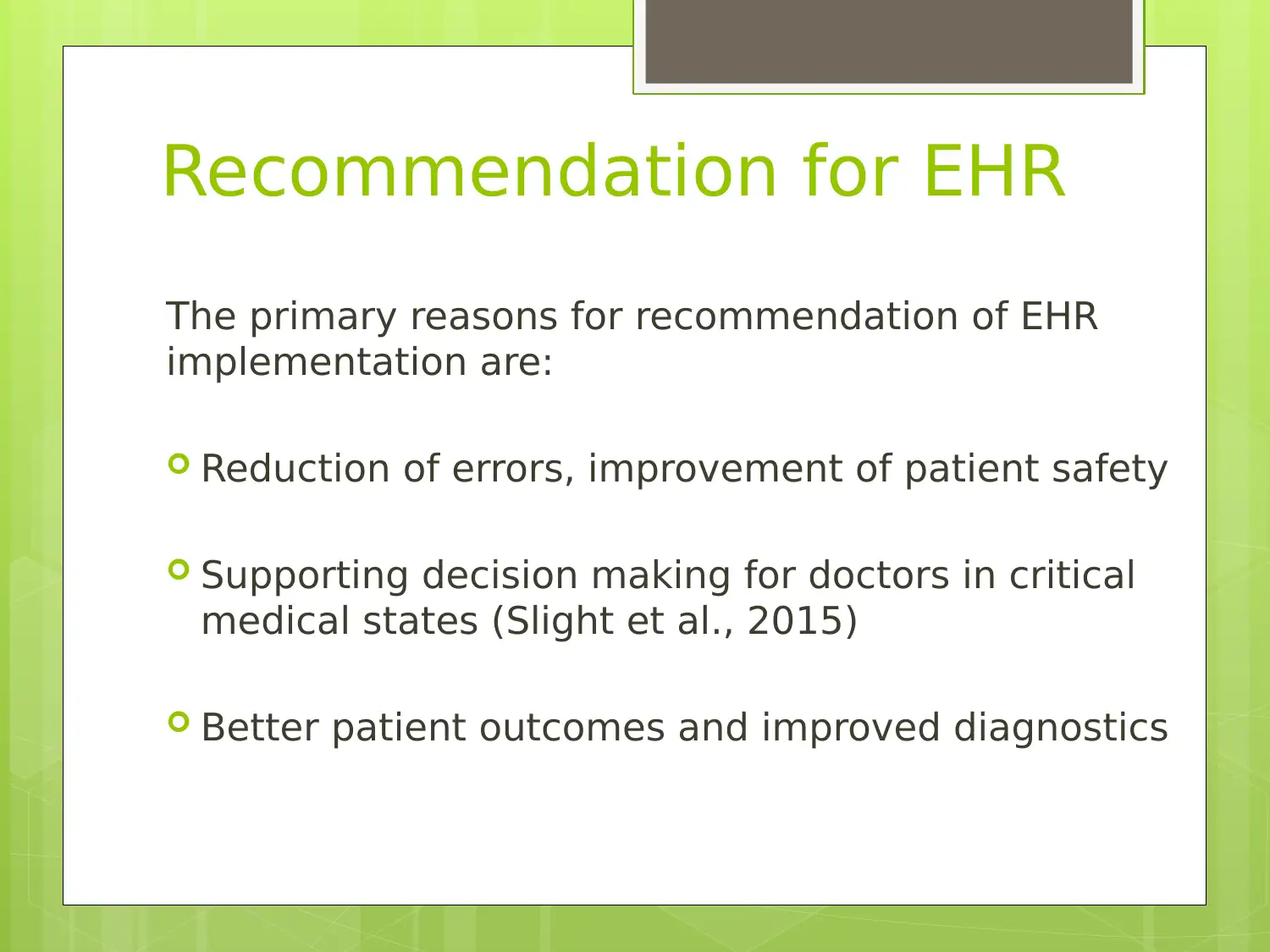



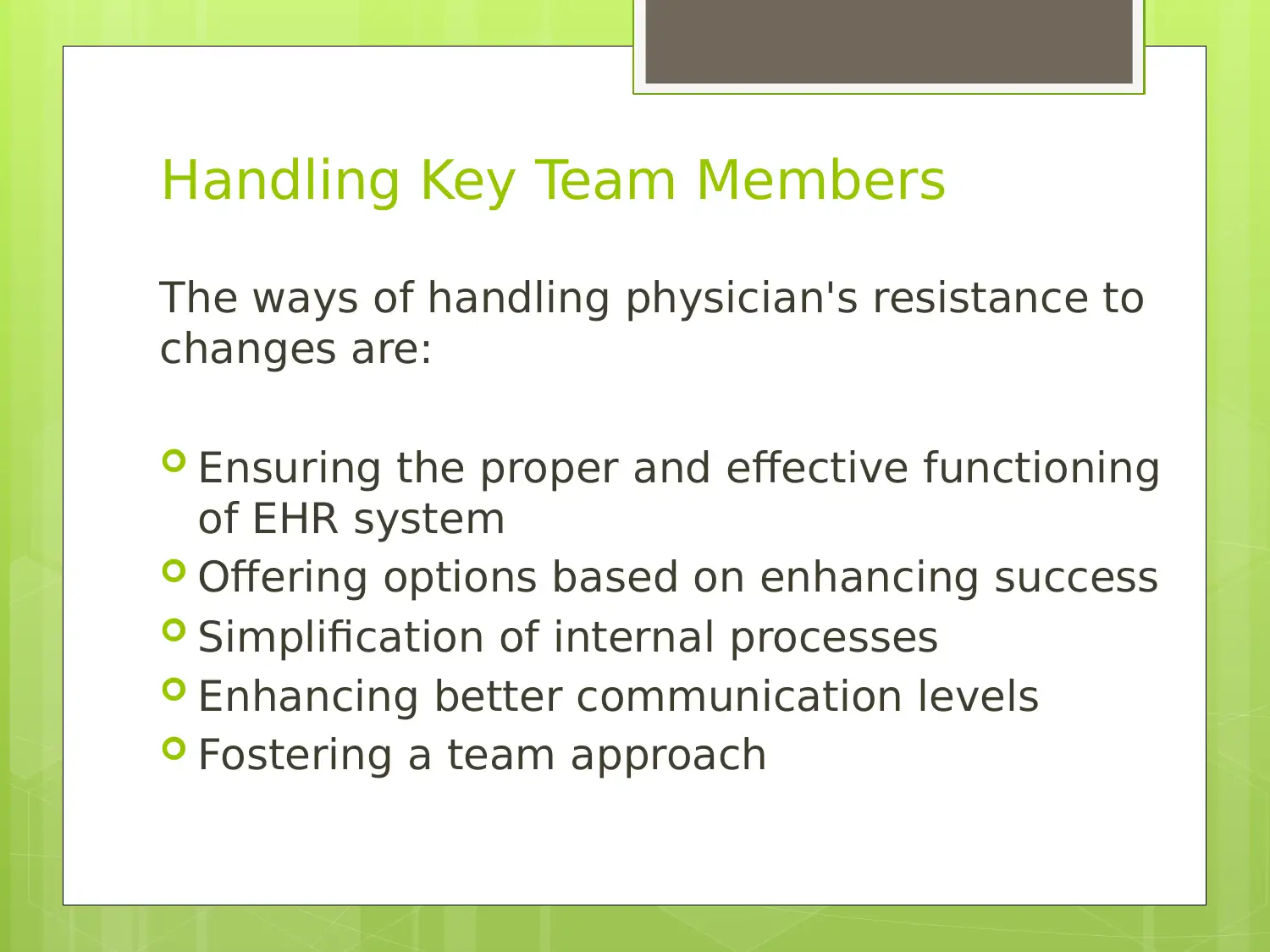
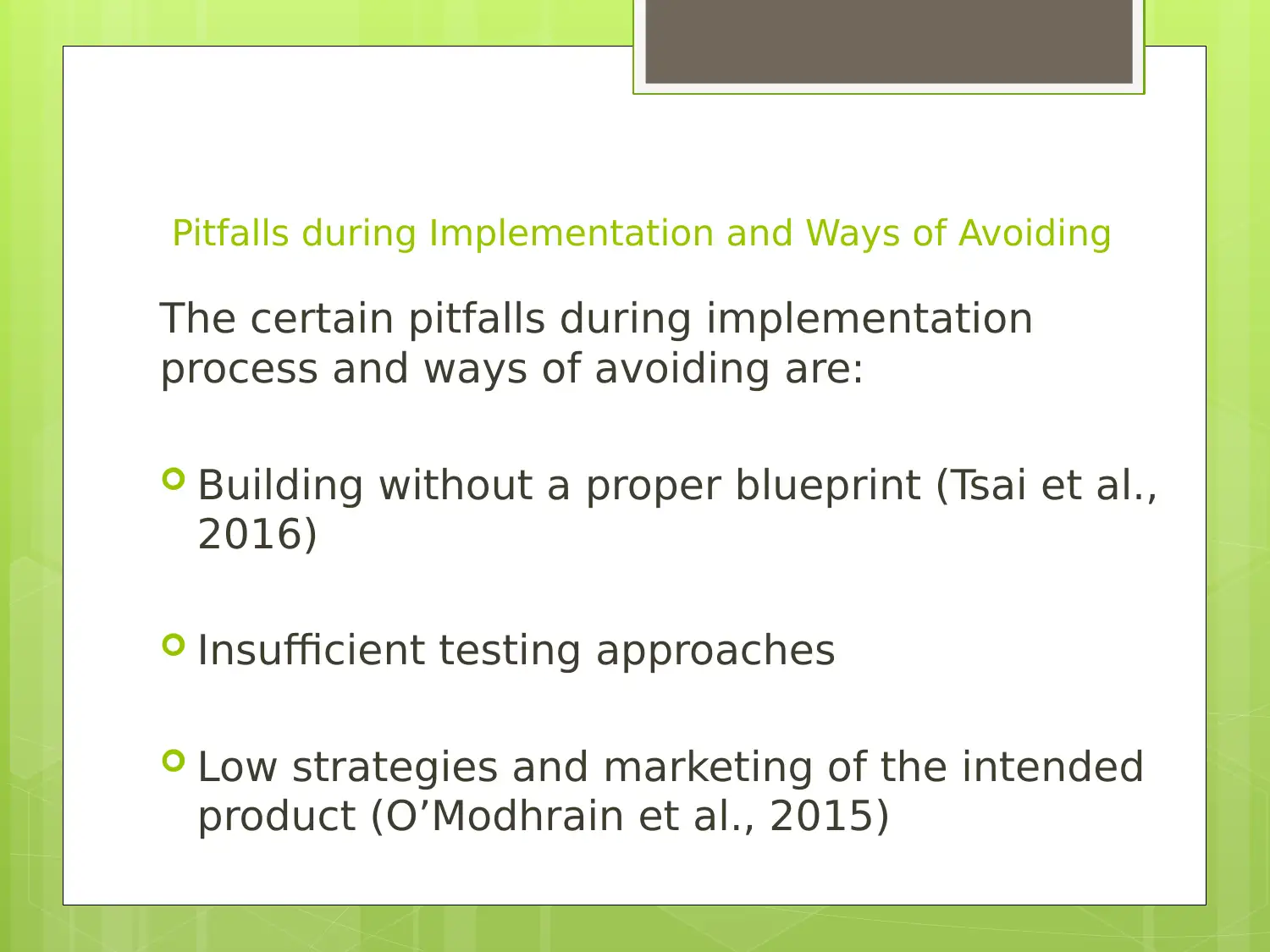
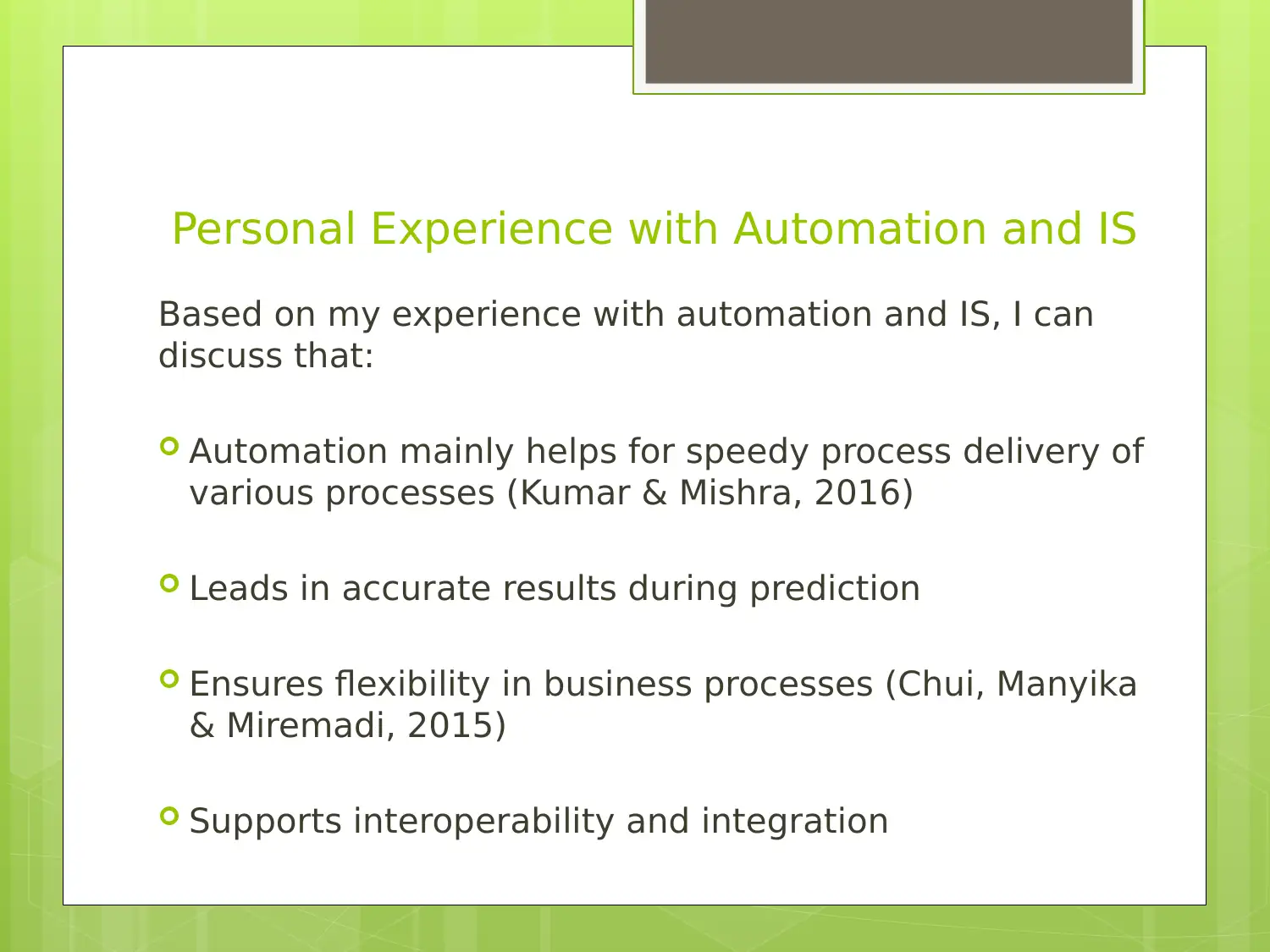
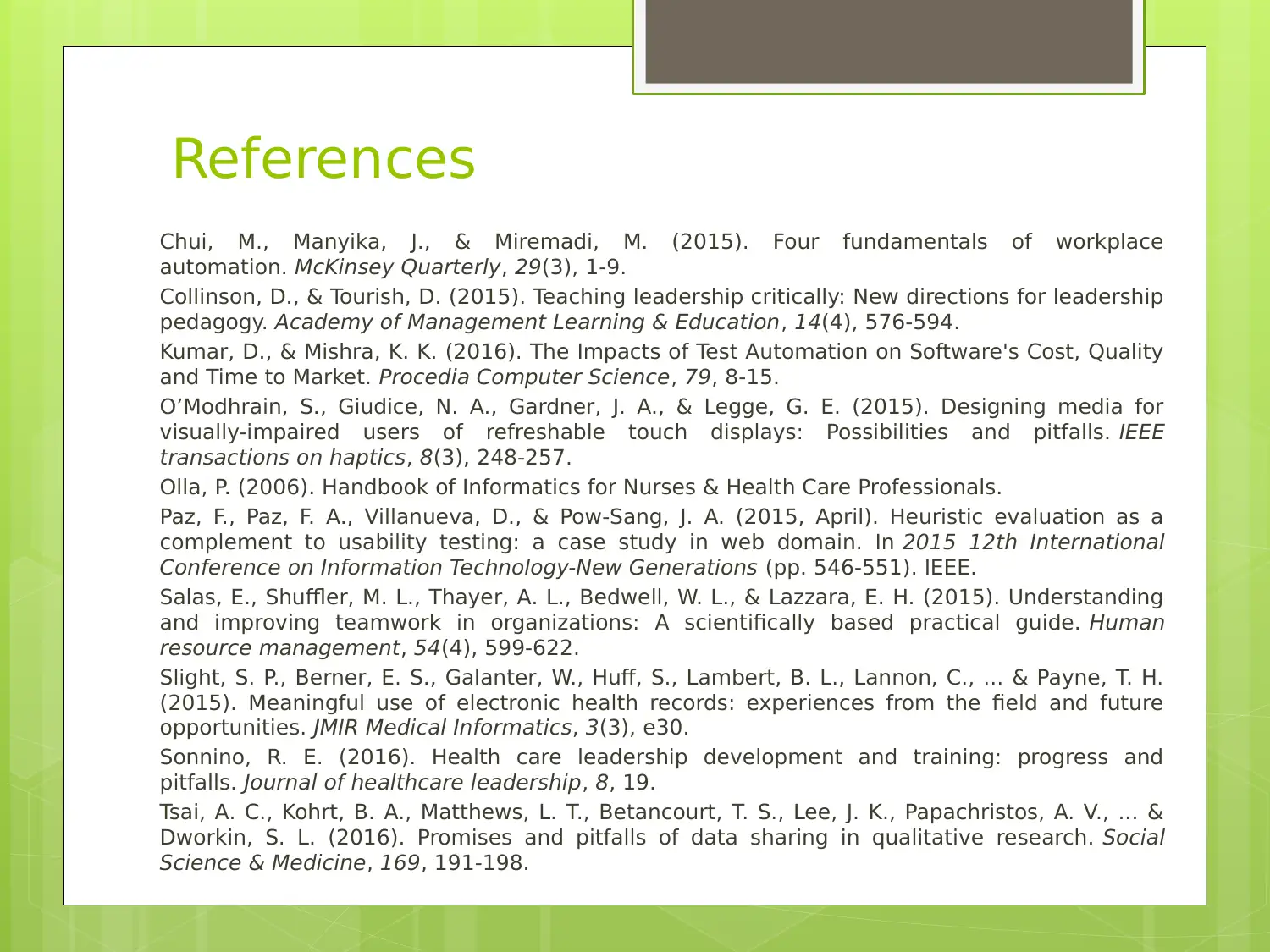


![[object Object]](/_next/static/media/star-bottom.7253800d.svg)